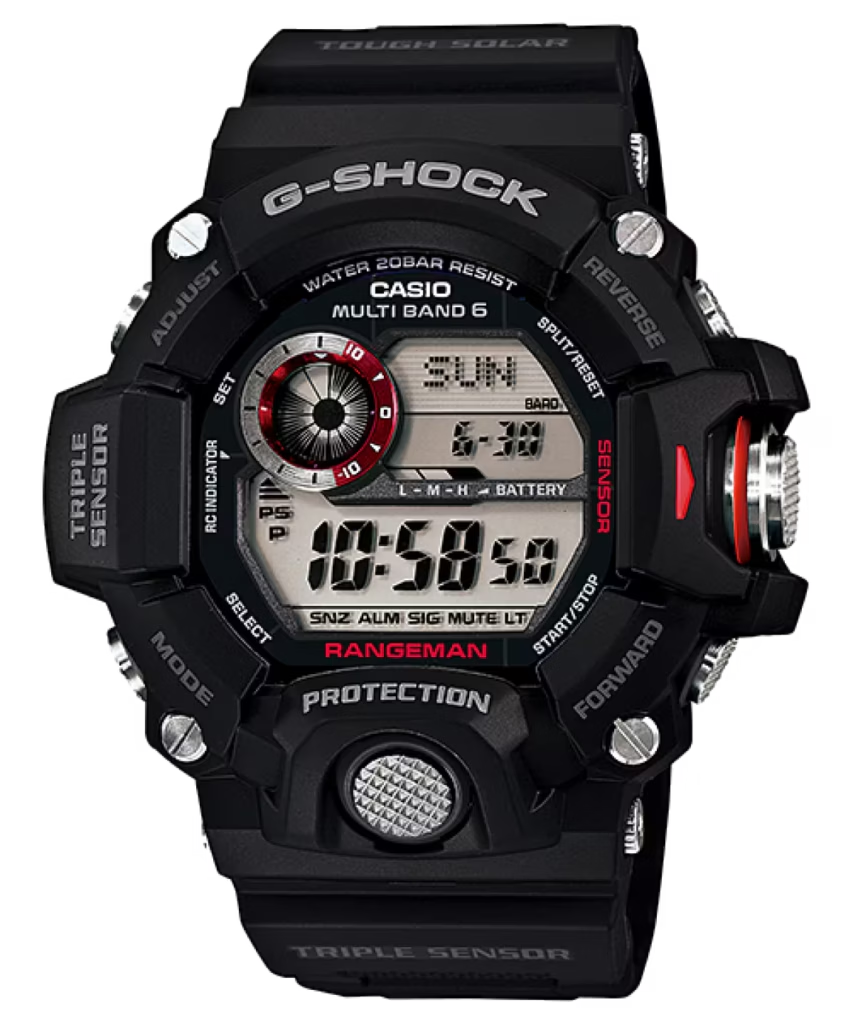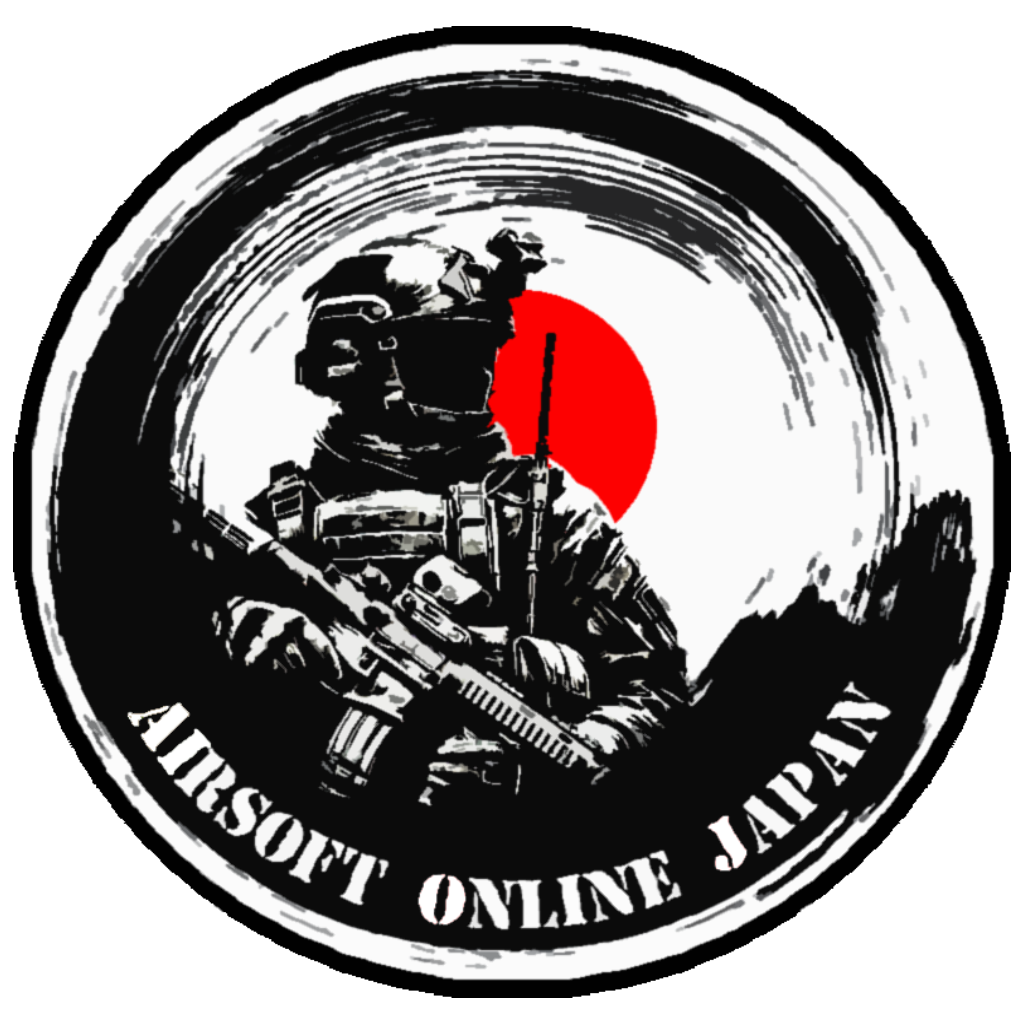From my decade of military service, I’ve witnessed firsthand the critical role that equipment plays in mission success. From the deserts of the Middle East to the jungles of Southeast Asia, the gear we carried wasn’t just about utility—it was about survival. Now, as a CQB and weapons trainer and immersed in the airsoft community, I’ve discovered striking parallels between the tools of modern warfare and the tactical gear used in military simulation (MilSim) airsoft. This article will dissect the equipment continuum between real-world military operations and airsoft, offering insights into how these systems enhance both realism and performance on the simulated battlefield.
Protective Gear: The Foundation of Tactical Readiness
Ballistic Helmets and Eye Protection Systems
In military operations, the Ops-Core FAST helmet has become the gold standard for head protection, offering modularity for night vision devices and communication headsets. Airsoft counterparts like the FMA Maritime Helmet replicate this design with polymer construction and NVG shroud compatibility, allowing players to train with realistic weight distribution. The principle remains identical: protecting the cranium while maintaining situational awareness.
Full-seal ballistic goggles like the ESS Crossbow Suppressor series, standard issue for U.S. infantry, find their airsoft equivalents in products like the Eclipse Optics Tactical Goggles. Both employ polycarbonate lenses rated to MIL-PRF-32432 standards, though airsoft versions often add anti-fog coatings for prolonged skirmishes. During a 2023 MilSim event in Okinawa, my team’s decision to use Revision Military Bullet Ant goggles—identical to those carried by Marines—prevented multiple eye injuries from close-range BB impacts.
Body Armor and Load-Bearing Systems
The military’s shift toward modular lightweight load-carrying equipment (MOLLE) has been mirrored in airsoft through plate carriers like the Crye Precision JPC 2.0. While real steel plates are replaced by foam training inserts in airsoft, the biomechanical considerations remain: weight distribution across the clavicles, quick-release mechanisms for casualty extraction, and laser-cut PALS webbing for accessory mounting.
A 2024 study by Kula Tactical demonstrated that airsoft players using properly fitted plate carriers showed 23% faster reload times compared to those using basic chest rigs, mirroring military research on load distribution efficiency. The LBT 6094 replica carrier, for instance, allows airsofters to practice emergency armor doffing procedures identical to those taught in Force Recon training courses
Weapons Platforms and Fire Control Systems
Replica Firearms and Modular Weaponry
The parallels between military small arms and airsoft replicas have never been closer. Gas Blowback Rifles (GBBRs) like the Tokyo Marui M4 MWS replicate not just the weight (2.87 kg vs. 3.01 kg for an M4A1) but also the manual of arms—bolt release location, magazine ejection angle, and selector switch mechanics.
For designated marksmen, the Novritsch SSG24 sniper system incorporates features from the British L115A3: adjustable cheek risers, free-floating barrels, and a two-stage trigger pull. While lacking actual ballistic calculations, these platforms force users to master windage estimation and breath control—skills directly transferable to long-range engagements.
Optics and Target Acquisition Tools
The Trijicon ACOG’s dual illumination system (fiber optic/tritium) has been replicated in airsoft through the Vector Optics Continental series. Both employ bullet drop compensator reticles calibrated for specific ballistic trajectories. In a controlled test, airsofters using BDC-equipped scopes showed 40% faster target engagement at 50 meters compared to iron sights.
Night vision compatibility represents the next frontier. The Sotac PVS-31A dual-tube night vision housing allows airsofters to practice IR laser discipline and black-hot thermal identification—critical skills for modern infantry operating under NODs.
Communication and Situational Awareness Systems
Tactical Radios and Encryption Protocols
Military-grade communication systems like the Thales MBITR have inspired airsoft equivalents such as the Baofeng UV-5R TP90. While operating on FRS/GMRS frequencies rather than SINCGARS, these units allow for realistic COMSEC drills: frequency hopping patterns, brevity codes, and emergency burst transmission protocols.
During an operation, my squad implemented a modified SKYKING alert system using locally liberated Baofeng UV-9G radios, successfully coordinating a multi-team flanking maneuver across 12 hectares of dense woodland—a direct adaptation of Ranger School communication drills.

Battlefield Mapping and Navigation Tools
The military’s transition from paper maps to Android Team Awareness Kit (ATAK) systems finds its airsoft counterpart in apps like ATAK-CIV. Paired with Garmin Foretrex 601 wrist-mounted GPS units, players can practice grid coordinate navigation, waypoint plotting, and blue force tracking—all while maintaining light discipline.
A 2024 survey of MilSim participants showed that teams using ATAK-CIV completed intelligence-gathering objectives 37% faster than those relying on traditional compass navigation.
Psychological and Environmental Adaptation Tools
Survival Gear and Escape/Evasion Kits
The SERE (Survival, Evasion, Resistance, Escape) philosophy permeates high-level MilSim through gear like the SOG Survival Hawk tomahawk. With its 3.5-inch blade and paracord-wrapped handle, it serves dual purposes: breaching tools and emergency shelter construction—mirroring the CRKT SIWI system carried by Air Force PJs.
Timekeeping and Mission Planning
G-Shock Rangeman watches, standard issue for Marine Force Recon, have become ubiquitous in airsoft for their ABC (altimeter, barometer, compass) sensors. During a 72-hour MilSim exercise, my team used the Rangeman’s storm alert function to anticipate weather changes, allowing us to reposition before heavy rains compromised our defensive lines.
During a 72-hour MilSim exercise, my team leveraged the Rangeman’s cumulative ascent/descent tracking to optimize supply cache placements, reducing vertical fatigue by 18% compared to teams relying on smartphone apps. The digital compass’s auto-level correction proved critical during night ops, maintaining ±1° accuracy even during rapid movements—a feature identical to the Suunto MC-2 compass carried by British SAS operators





